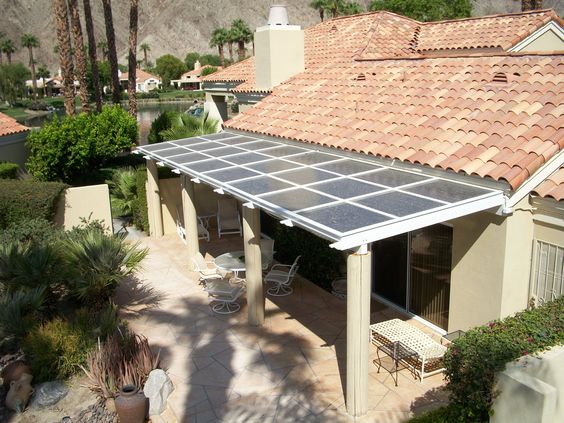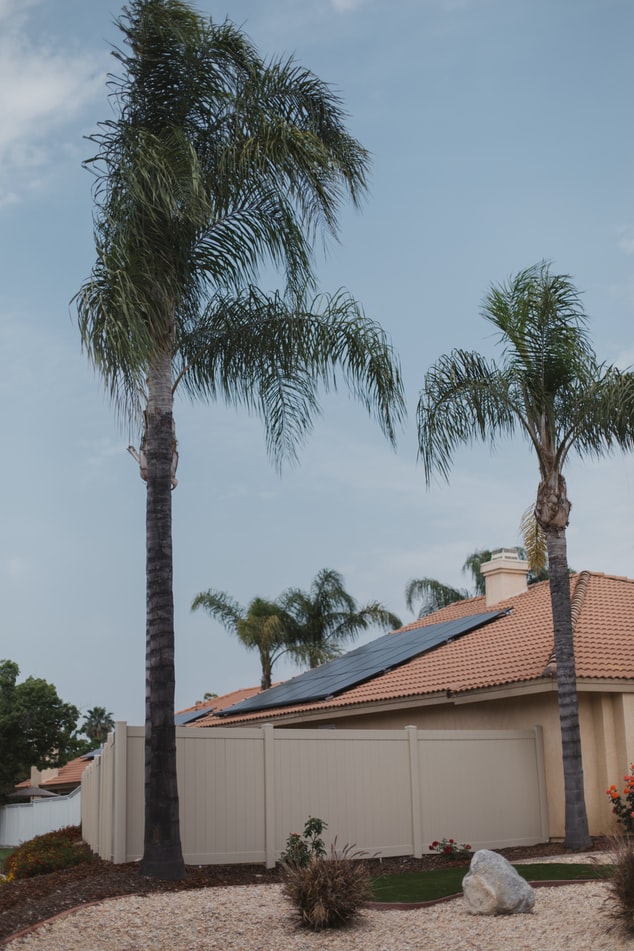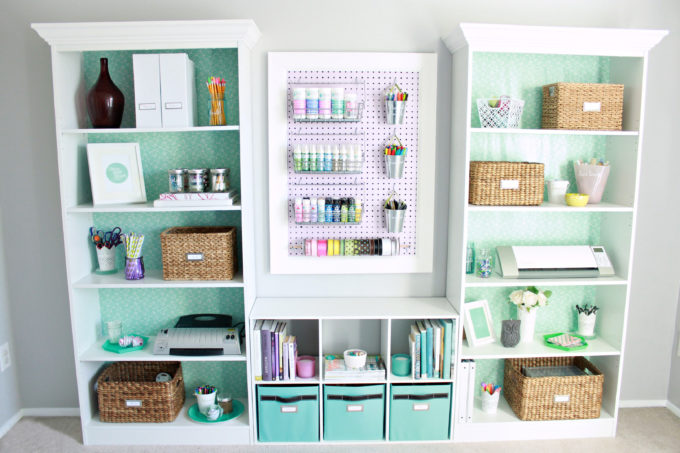Can You Use Solar Lights Indoors?

Homeowners are shifting to indoor solar lights to reduce their carbon footprint!
 Photos By: Stock Images
Photos By: Stock Images
Solar energy enhances longevity, saves you more money in the long run, and offers a lasting backup lighting solution in case of a power outage.
Electricians are often asked whether indoor solar lighting is worth the risk. In this article, we discuss how you can use solar lights indoors.
You Do Not Need Direct Sunlight To Charge Solar Indoor Solar Lights (But Direct Sunlight Works Better)
1. Use Artificial Bulbs
You can use incandescent or LED bulbs if your house has less limited access to sunlight. Artificial bulbs come in handy, especially in seasons like winter with limited sunshine. During such times, you use the artificial bulbs to charge the solar lights by placing them beside the light bulbs, provided the light produced is strong enough.
However, the energy from incandescent bulbs is not as strong as the sunlight and thus may take longer to charge. The charge lasts for about 5-12 hours once they get charged.

2. Use Mirrors
Get mirrors that are twice the size of your solar panels and place them underneath them to reflect light onto them for charging. The technique is the same as when you use mirrors to reflect sun rays when you need to brighten up a room that gets limited sunshine.
Therefore, mirrors will come in handy if the solar panels are set up where the sun can barely reach them. However, due to the change in the sun’s direction, you may need to adjust the mirrors frequently to ensure that they reflect sufficient sunlight.
3. Use Windows
Window specialists at Mighty Dog Roofing Alpharetta, Georgia says that “A professional installation of new high-efficiency windows can add superior quality, function, comfortability, and energy savings to your home.” This is why your windows should be strategically located to the home’s side, where sunlight easily gets into your home and you do not have to worry about your indoor lights running out of power.
It is proven that solar panels can still charge efficiently as long as they are well placed where the sun rays directly hit the panel. You will not need to open your windows since the photons required to charge it do not get lost through the solar panel. Also, ensure that the curtains do not block the sun’s rays.
4. Use Skylights
Like windows, skylights are also a great option to ensure solar panels receive enough light. Again, the crucial thing to consider while at it is the placement of skylights. Consider placing them on the side of your home that receives maximum sunlight around noon. Noontime is the best time since the photon density is at its peak; thus, it is best to ensure that these hours are fully maximized.
Consider Solar Windows
Solar windows are another fast-upcoming technology unique from the usual rooftop panels, and they enable you to generate renewable light through the windows. These windows resemble the conventional windows, only that they have an inbuilt solar panel. If your house is in an area with high energy levels, solar windows would be a great addition to your home, and, like solar panels, they will also help reduce your utility bills immensely.
Since most homes have conventional window systems in place, do not worry. You can opt for solar panel blinds that can seamlessly retrofit into your existing windows. These blinds also have inbuilt technology to readjust the sun changes throughout the day to ensure that it traps maximum sunrays to enhance efficiency.

Keep Your Solar Panels Clean
As simple as it sounds, if your solar panels have accumulated dust over time, they may not charge as they should. Besides the natural changing positions of the sun or weather patterns, there should be no other barrier blocking the solar panels from trapping as much energy as they can.
Therefore, ensure that they are always clean. When cleaning them, do not use detergents since they might leave streaks, making them harder to charge. Instead, use clean water and a cloth to wipe off the dust.
With these facts in mind, there should be no doubt whether you can use solar lights indoors in the presence of sunlight or not. The initial installation cost may be expensive, but the benefits last forever. Your fears concerning random power outages or consistent lighting will end if they are strategically positioned and kept clean.







